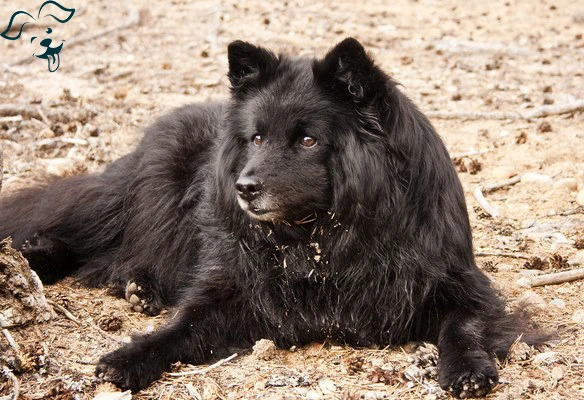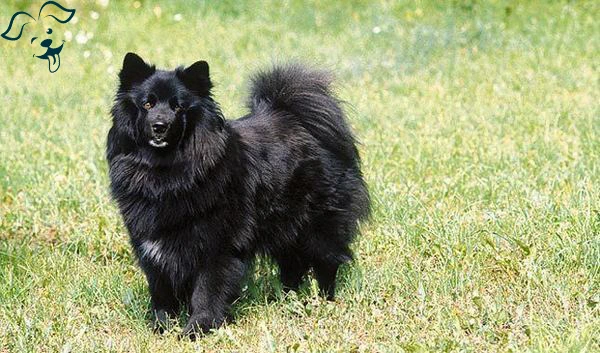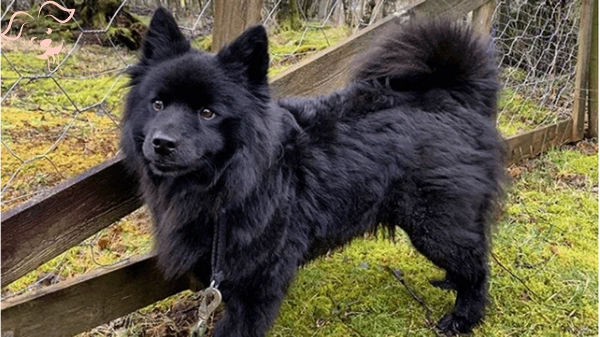CARING WITH FAMILY
|
| The level of affection a breed shows towards family members and familiar individuals varies. Certain breeds may display aloofness towards everyone except their owner, while others tend to treat everyone they know as if they were their closest companion. |
LOVE WITH CHILDREN
Unwise
Good With Children
|
| The level of tolerance and patience a breed exhibits towards children's behavior, as well as its overall family-friendly nature, can vary. It's important to always supervise dogs when they are around young children or children of any age who have limited exposure to dogs. |
BEHAVIOR WITH DOGS
Unwise
Good With Other Dogs
|
| The general friendliness of a breed towards other dogs can vary. Although it is essential to supervise and carefully introduce dogs to each other, some breeds naturally have a higher likelihood of getting along with other dogs both in domestic surroundings and public settings. |
SHEDDING LEVELS & MANAGEMENT
No Shedding
Hair Everywhere
|
| The amount of fur and hair a breed tends to shed can differ. Breeds that shed heavily will require more frequent brushing are more likely to cause allergies in some individuals and may necessitate more consistent efforts in terms of vacuuming and using lint rollers. |
COAT GROOMING STANDARDS
|
| 40% The frequency of bathing, brushing, trimming, or other forms of coat maintenance can vary among different breeds. It's important to consider the time, patience and budget you have available for this type of care when evaluating grooming requirements. Additionally, keep in mind that regular nail trimming is necessary for all breeds. |
DROOLING INTENSITY
Less Likely to Drool
Always Have a Towel
|
| The tendency of a breed to drool can vary. If you prefer a clean and tidy environment, breeds that produce excessive drool leaving ropes of slobber on your arm or creating large wet spots on your clothes, may not be the most suitable choice for you. |
COAT STYLES GUIDE |
| Double |
| COAT SPECTRUM |
| Long |
FRIENDLINESS
Reserved
Everyone Is My Best Friend
|
| The extent to which a breed is welcoming towards strangers can vary. Certain breeds may exhibit reserve or caution around unfamiliar individuals regardless of the location, while other breeds tend to be enthusiastic about meeting new humans whenever the opportunity arises. |
LIVELINESS
Only When You Want To Play
Non-Stop
|
| The level of enthusiasm a breed exhibits towards play can vary. While some breeds maintain their desire to engage in interactive play, such as tug-of-war or fetch even into their adult years others may prefer a more relaxed and laid-back lifestyle content to spend most of their time relaxing on the couch with their owners. It's important to consider the energy levels and play preferences of a breed when selecting a companion that aligns with your own activity level and lifestyle. |
VIGILANCE INTENSITY
What's Mine Is Yours
Vigilant
|
| Some breeds have a higher tendency to alert you when strangers are nearby. These breeds are more likely to react to any potential threat, whether it's the mailman or a squirrel outside the window. However, they are also likely to become more welcoming towards strangers who enter the house and are accepted by their family. |
ADAPTATION CAPACITY
Lives For Routine
Highly Adaptable
|
| The adaptability of a breed to handle change can vary. Some breeds are more flexible and capable of handling changes in living conditions, noise levels, weather, daily schedules and other variations in day-to-day life with relative ease. These breeds tend to adjust well to new situations and environments. However, other breeds may be more sensitive to change and may require more time and support to adapt to new circumstances. When considering a breed, it can be helpful to assess their general temperament and adaptability to determine if they would be a good fit for your lifestyle and the potential changes you may encounter. |
OBEDIENCE LEVEL
Self-Willed
Eager to Please
|
| The ease of training a dog and their willingness to learn new things can vary among breeds. Certain breeds are eager to please their owners and are enthusiastic about learning, while others may have a more independent streak and prefer to do what they want, when they want and wherever they want. |
STAMINA LEVEL
|
| The required amount of exercise and mental stimulation for a breed can differ. High-energy breeds are always ready for the next adventure, eagerly engaging in activities such as running, jumping and playing throughout the day. On the other hand, low-energy breeds are more akin to couch potatoes content with lounging around and enjoying peaceful snoozes. |
VOCALIZATION
|
| Likes To Be Vocal |
LEARNING CURIOSITY LEVEL
Happy to Lounge
Needs a Job or Activity
|
| The level of mental stimulation necessary for a breed to maintain happiness and overall well-being is significant. Purpose-bred dogs in particular often have specific responsibilities that demand decision-making, problem-solving, concentration and other cognitive qualities. When deprived of adequate mental exercises, these dogs can resort to creating their own activities to occupy their minds. However, these self-created projects may not align with the activities that you would prefer them to engage in. |
| COLORS |
|
Description
|
Registration Code
|
|
Black
|
007
|
|
Liver
|
123
|
|
| PATTERNS |
|
Description
|
Registration Code
|
|
White Markings
|
014
|
|






























FRIENDLINESS
LIVELINESS
VIGILANCE INTENSITY
ADAPTATION CAPACITY